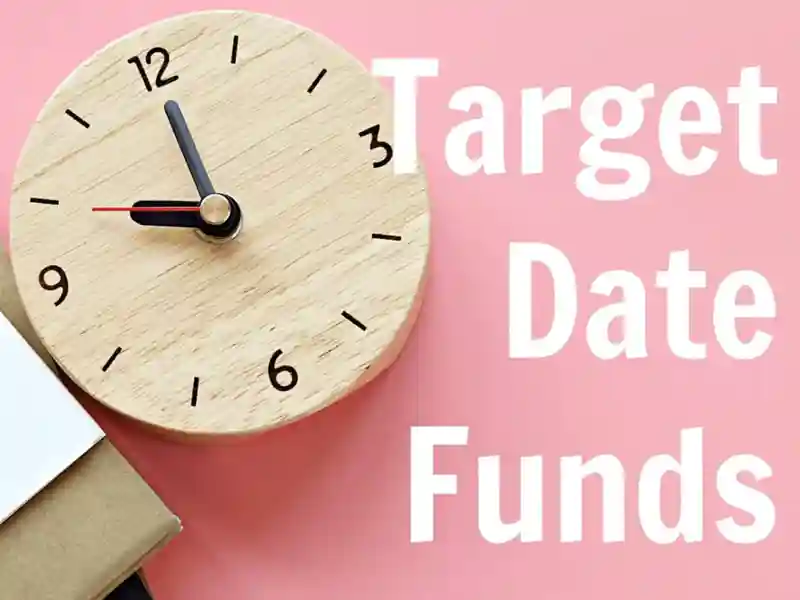
Among the offerings in your company retirement plan, you may have come across an investment option called a TDF, or target date fund. If you’re wondering what that means and how it works, here’s a breakdown of the basics.
A Tale of Two Employees
Imagine two workers at a telecommunications company: Emily, a senior VP of sales who’s just five years away from retirement; and Alex, a customer service rep who has more than three decades of working years ahead of him. Emily, on the cusp of her golden years, requires an investment strategy that minimizes risk and protects her nest egg against ill-timed market downturns. Alex, on the other hand, has the luxury of time, which should allow him to weather more market ups and downs. He can afford to take a little more risk, as he has more time to recover from losses. While effective, 401(k)s can operate on an indeterminate time frame, leaving investors to adjust their asset allocations and strategies as they go. But TDFs do the work of adjusting risk as retirement nears.
Built-in timeline. TDFs are inherently designed to adapt to the investor's chosen timeline. As the retirement date you've circled in red on your calendar draws closer, the fund automatically pivots, transitioning from more aggressive to more conservative asset allocations. This gradual shift is known as a fund's “glide path,” and it dictates how the fund's asset mix changes over time.
Less monitoring required. With a TDF, there's no need for constant monitoring or reallocation. For investors who prefer a more hands-off approach or lack the expertise and time for more active portfolio management, TDFs offer a convenient alternative. They come with built-in diversification, spreading your investments within and across various asset classes to better align with your retirement time horizon. This diversification is vital, as it can help mitigate risk and smooth out some of the volatility of investment returns.
Not one-size-fits-all. However, a TDF isn’t a one-size-fits-all solution. Before you leap into a TDF, it's important to understand the nuances of its glide path — how quickly does it become conservative? Be sure to evaluate fees as well. And most importantly, gauge the fund's risk level against your own personal risk tolerance.
Different Needs, One Solution
For Emily, a TDF with an imminent target date and a conservative glide path that might, for instance, include more bonds, may be ideal. But for Alex, a fund with a target date far into the future, which maintains a growth-oriented approach for longer with greater exposure to stocks, might be more suitable. Both of them benefit from a TDF’s automatic adjustments, but the specifics of their chosen funds should reflect their individual timelines and risk appetites.
A TDF can be a powerful tool in your retirement planning arsenal, especially if you're seeking a simplified strategy that requires a bit less oversight. If you have questions, consult a qualified Financial Professional. With a clear understanding of how these funds work and an assessment of how they fit within your financial landscape, you can unlock a personalized path toward a more secure and comfortable retirement.